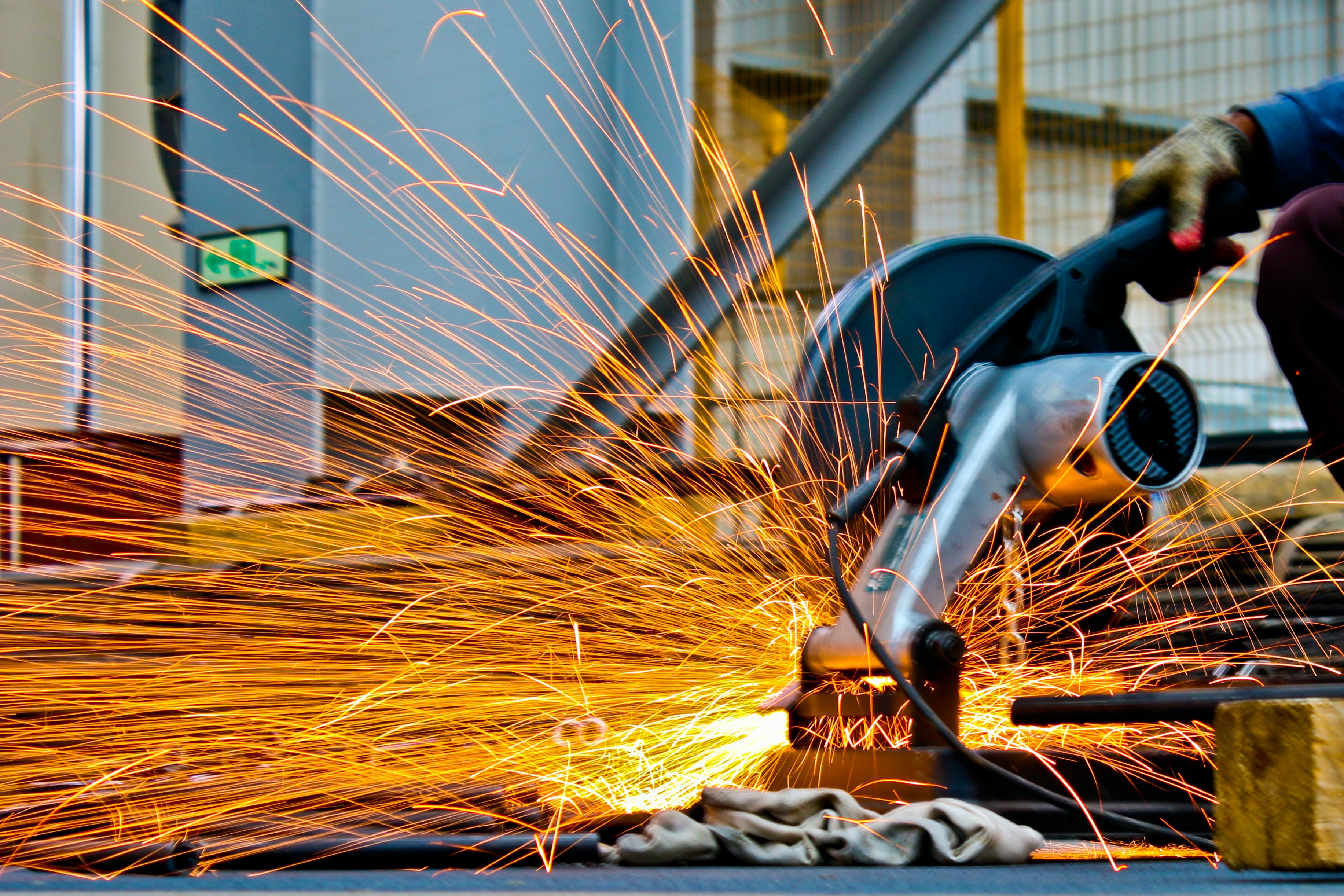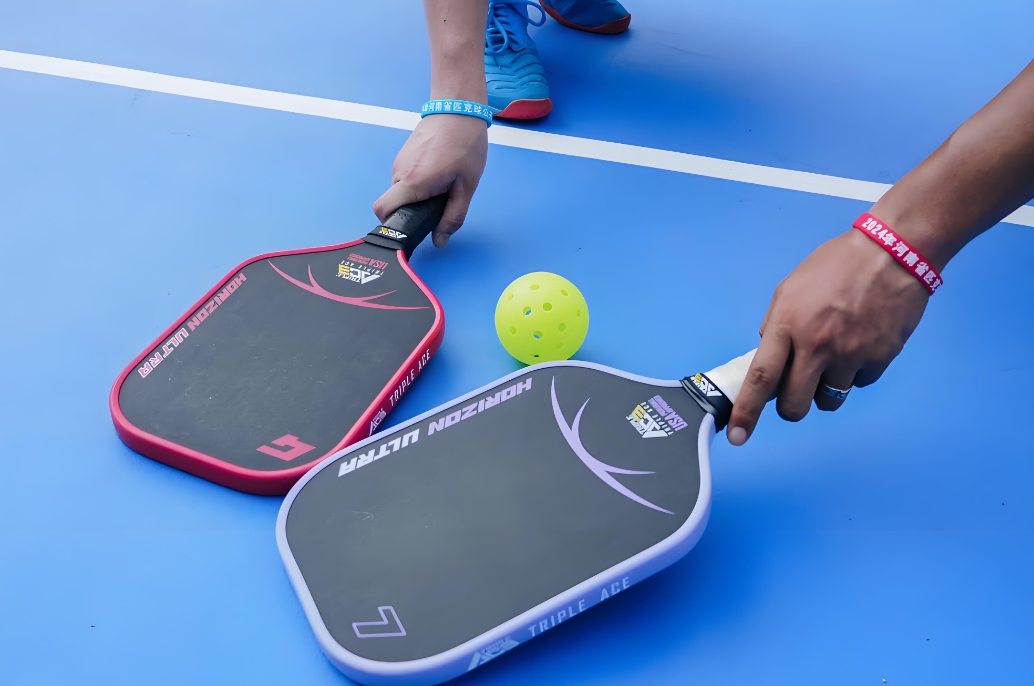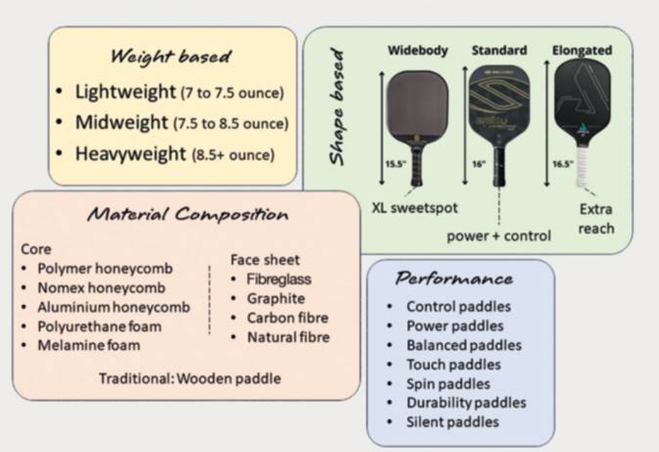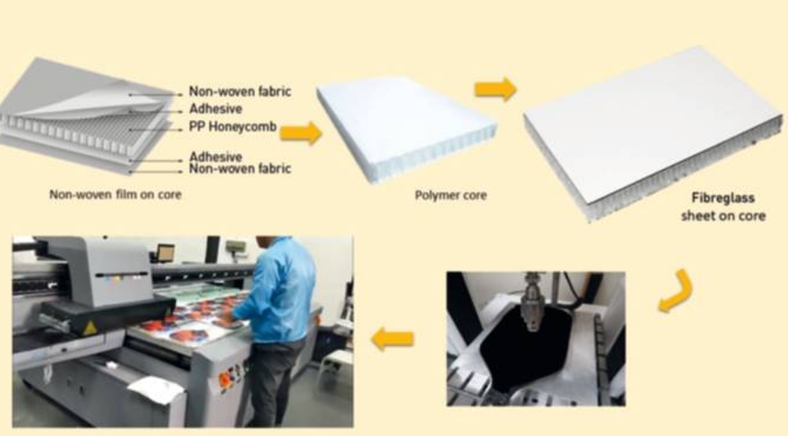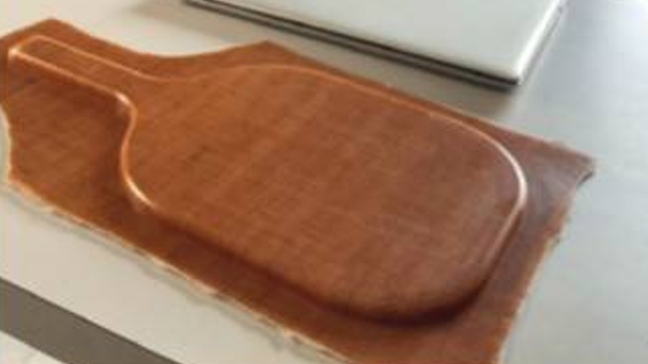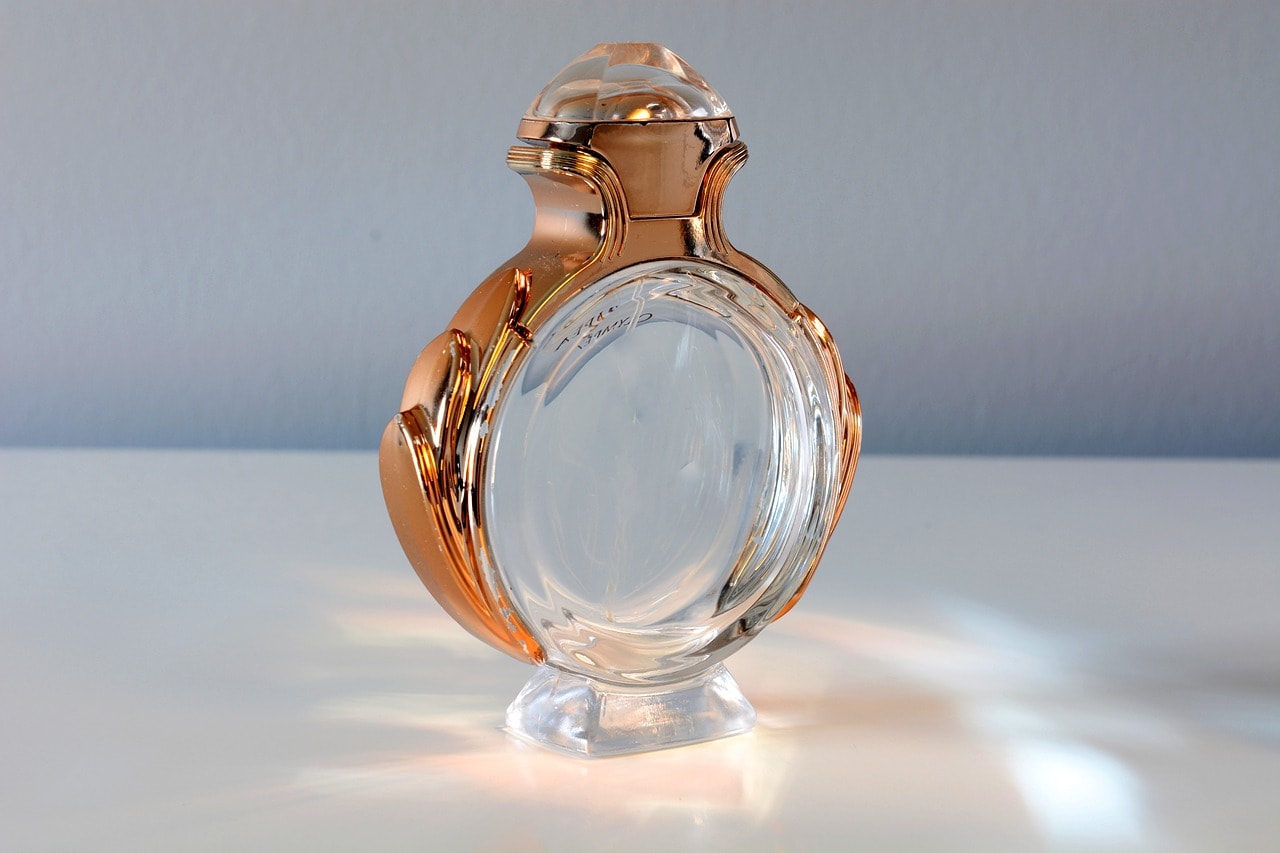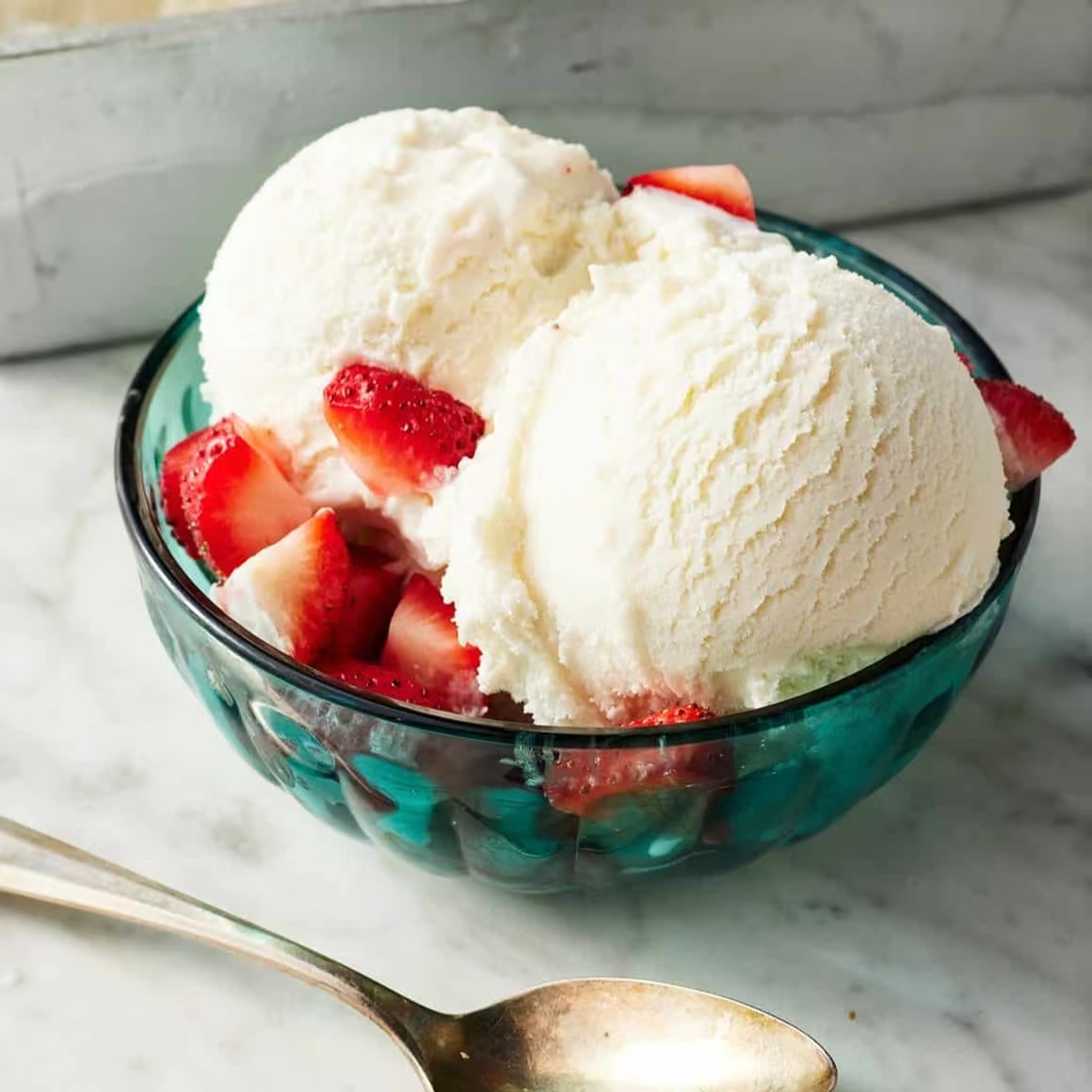In the context of the rapid development of the domestic pump industry, fluoroplastic magnetic pumps are well-known for their excellent properties. However, you know that there are two major components under the umbrella of pneumatic plastic magnetic pumps, namely COB magnetic pumps and IMD magnetic pumps. It is much simpler to learn about CQB magnetic pumps after understanding fluoroplastic magnetic pumps. We will not go into too much detail here. This article will explain how to use CQB magnetic pumps well. Firstly, let's talk about the installation of CQB magnetic pump (similar to IMD magnetic pump):
(1) Magnetic pumps should be installed horizontally and not vertically. The plastic pump body should not bear the weight of the pipeline. For special requirements for vertical installation, the motor must face upwards.
(2) When the suction liquid level is higher than the pump axis line, open the suction pipeline valve before starting. If the suction liquid level is lower than the pump axis line, the pipeline needs to be equipped with a bottom valve.
(3) Before using the pump, it should be checked that the motor fan blades rotate flexibly without any jamming or abnormal noise, and all fasteners should be tightened.
(4) Check if the rotation direction of the motor is consistent with the direction mark of the magnetic pump.
(5) After the motor starts, slowly open the discharge valve and adjust it to the desired opening after the pump enters normal operation.
(6) Before the pump stops working, the discharge valve should be closed first, and then the power should be cut off.
It is important to pay special attention to the following points when using CQB magnetic pumps, otherwise it may cause damage and shorten its service life.
(1) Due to the fact that the cooling and sliding of magnetic pump bearings rely on the medium being transported, it is absolutely prohibited to operate them in an empty manner, while also avoiding the spatiotemporal transport caused by power outages and subsequent layering during operation.
(2) If the conveyed medium contains solid particles, a filter screen should be added to the pump inlet; if it contains ferromagnetic particles, a magnetic filter should be added.
(3) The ambient temperature of the pump during use should be less than 40 ℃, and the temperature rise of the motor should not exceed 75 ℃
(4) The medium being transported and its temperature should be within the allowable range of the pump material (see Appendix B for the operating temperature of engineering plastic pumps (60 ℃), the operating temperature of metal pumps (100 ℃), the suction pressure of the conveying system should not exceed 0.2MPa, the maximum working pressure should be 1.6MPa, the density should not exceed 1600Kg/m ², and the viscosity should not exceed 30x10-6 ㎡/s, which is a liquid free of hard particles and fibers. (V) For the medium that is prone to precipitation and crystallization, it should be cleaned in a timely manner after use and the accumulated liquid in the pump should be drained.
(6) After 1000 hours of normal operation of the magnetic pump, the wear of the bearings and end face moving rings should be disassembled and inspected, and vulnerable parts that are no longer suitable for use should be replaced.
